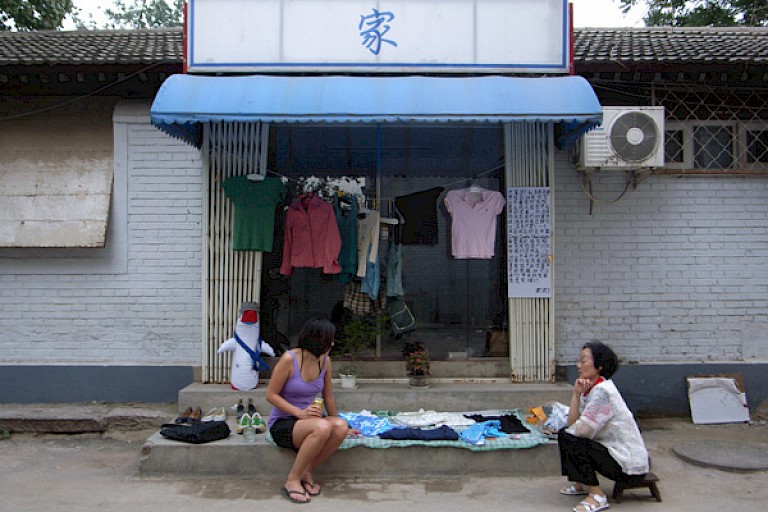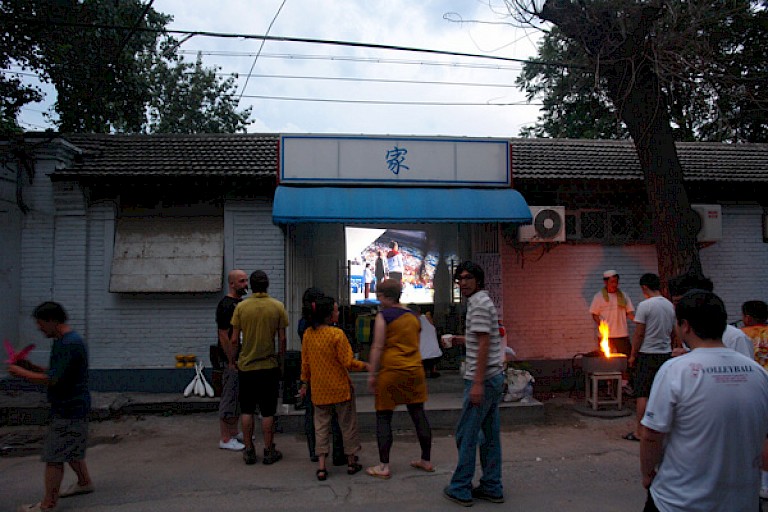



The original intention of HomeShop’s independently published journal, WEAR, was to document and present the projects and activities of the organization, but as it was being prepared, the editors had many more ideas. Ultimately it became a way to weave together different kinds of thinking and professional work. At the end of 2013, due to various reasons including a sudden increase in rent, HomeShop closed.
Analyzing the name of the project, “home” refers to a closed private space while “shop” is an externally facing, fluctuating space and a center of autonomous production. In the lived experience of China, the concepts of public and private are muddled together. This confusion is not limited to spatial aspects, but also to the social and economic spheres. HomeShop sought to establish a possible space between private and public, suggesting an area filled with potential.
During its five years of operation, HomeShop organized internal exchange activities that allowed for spiritual exchanges between the diverse members and their social spheres. In addition, their many projects conveyed community through externalized production methods. Although HomeShop was located in an intermediary realm between work and recreation, they did not “produce” art pieces, nor were they willing to become part of the cultural and creative industries. They did not truly belong to any grouping, least of all the art world.
The “service” projects appear to maintain a certain distance from art, leaning instead towards a daily life practice, but the issue is that the services provided were not intended to be accepted by the community. The relation between them and visitors was more like participatory goodwill and not a practical usability. This “impracticality” has a lingering connection to artistic intervention and exists outside of the functionality of “use.” HomeShop only existed for a short amount of time. Still, we can see in the projects how artists worked outside the art system and used unique methods to establish new possibilities for engaging society, thereby recognizing and discovering inherent social and political prospects.
All copyright belongs to Shanghai Academy of Fine Arts, Shanghai University.


